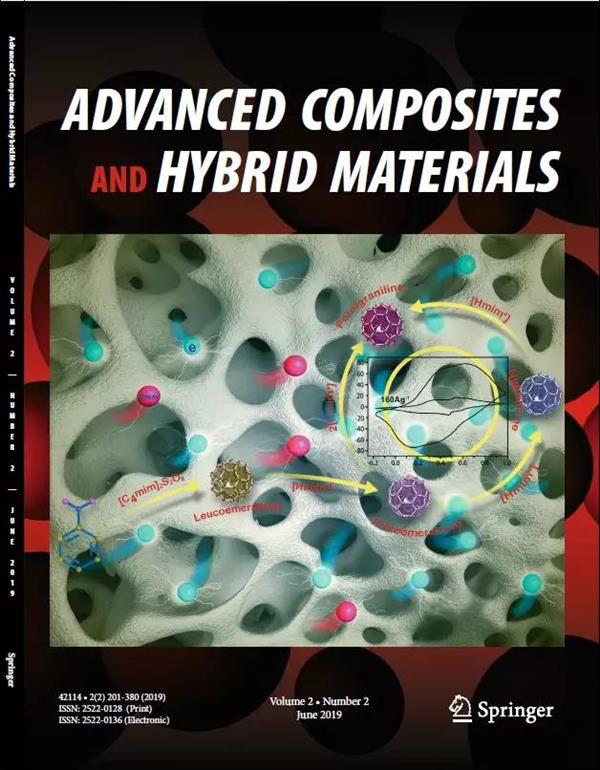Combining different materials in a thermally activated manufacturing process into a hybrid composite can lead to residual stresses if there is a difference between the adhesion temperature TAD and the application temperature TAP. If such hybrid composites are subjected to high cyclic loads, residual stresses may influence their durability. While residual stress analysis has been extensively studied in the context of metal-plastic hybrids, the residual stress condition is unknown for thermoset-thermoplastic hybrids produced by injection molding. Therefore, we firstly apply a calculational model to estimate the residual stress for the investigated material combination of glass fiber-filled polyamide (PA6.6 GF30) and a unidirectional glass fiber-reinforced plastic (UD-GFRP) with a polyurethane acrylate matrix. Secondly, these results are compared to a corresponding computational simulation model. Integrating Fiber-Bragg-Grating (FBG) sensors in the UD-GFRP allows for the determination of residual strain in the thermoset component at different temperatures and thereby both the calculational and computational simulation methods could be validated against experimental results. The results show that process-related residual stresses occur in the hybrid composite and are not negligible. Normal stresses of − 39.6 MPa have been observed in thermoset material. Furthermore, the calculational determined normal stresses are in accordance with the experimentally determined values.


